Skincare 101: 4 Common Problems Solved
Ditch the industrial-strength wrinkle creams for these effective, age-appropriate skin solutions for your 20s and 30s.
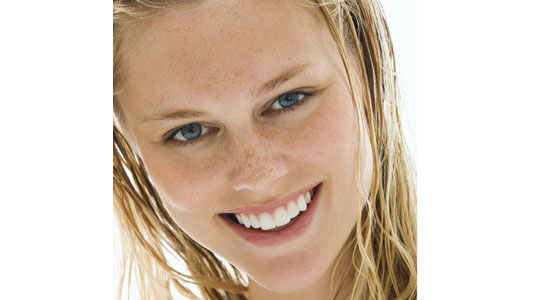
For years, dermatologists have drilled it into our heads to nix the tanning beds, get regular skin checkups, and (the mother of all skincare tips) load up on sunscreen. And — hallelujah! — it worked. Now there's a generation of savvy 20- and 30-something women who aren't about to let their faces wrinkle, mottle, or sag before they take action. In fact, a study by dermatologists Dr. Kathy Fields and Dr. Katie Rodan found that 84 percent of 25- to 29-year-olds are afraid of the effects of aging on their skin. Hence the recent rush to skincare counters and, in some cases, cosmetic docs — 2009 saw under-35 Botox users rise to 15 percent. But the best strategy for age prevention in young skin isn't always the most potent. As dermatologist Dr. Dennis Gross explains, "Keep in mind that it's best to begin with the least aggressive products and procedures."
So when should you realistically start? "At 20," says Fields. "Prevention is so much easier than reversal. But even if you cooked yourself in the sun from age 5 to 35" — or subsisted on ciggies and Dunkin Donuts in college — "your skin can still bounce back, at least some of the way." Which means (broken record alert!) daily sunscreen, along with an age-appropriate cocktail of antioxidants and vitamins, is nonnegotiable. Here, the best strategies for tackling early aging so your skin can go the distance.
PROBLEM: TIRED EYES
"The first signs of aging often show up around the eyes," says plastic surgeon Dr. Gregory Bays Brown. "By the time you reach 30, the lower lid no longer blends seamlessly into the cheek, and there is a slight line of demarcation due to volume loss." In layman's terms? Your once-plump cheeks are starting to deflate, so you get lovely rings under your eyes — even after a full night's sleep. What's more, the skin around the eyes is so thin that it's prone to early lines caused by sun and squinting, which together cause elastin to break down.
PROBLEM: NOT-SO-CUTE BROWN SPOTS
When your childhood freckles morph from a sweet sprinkling across the nose to uneven tan splotches, you've got sun-induced hyperpigmentation. "Commonly, one of the first signs of aging is sunspots on the face, back of hands, and chest," explains Reich, "especially if you play golf or tennis, or often wear V-necks or tank tops."
PROBLEM: PERMA-LINES
Stay In The Know
Get exclusive access to fashion and beauty trends, hot-off-the-press celebrity news, and more.
"When a teenager raises her eyebrows, horizontal lines appear across her forehead, but then disappear immediately when she relaxes the muscles," explains Reich. "As she heads into her early 30s, it takes increasingly more time for the lines to disappear." The same thing happens in between the eyebrows (stop furrowing!) and in the lines that go from the outside of the nose down to the corners of the mouth (from years of smiling and talking — but don't stop doing those). Expression lines result from a combo of UV damage and the skin's elastin wearing out from repetitive use.
PROBLEM: PORES OF PLENTY
Before you get true wrinkles, you might notice your skin starting to look blah because your pores are getting bigger. "Pores sag because of UV damage — the collagen walls start to crumble," says Fields. Makeup, pollution, and your skin's natural oil can stretch out your pores over the years beyond the point where they can shrink back — and, according to Gross, folks with oily skin are even more prone to stretched pores because their skin produces more ... gunk.
-
 The 'You' Season 5 Cast Features People From Joe's Past, a New Love Interest, Madcap Twins, and More
The 'You' Season 5 Cast Features People From Joe's Past, a New Love Interest, Madcap Twins, and MoreHere's what to know about the star-studded final installment of the Netflix hit.
By Quinci LeGardye
-
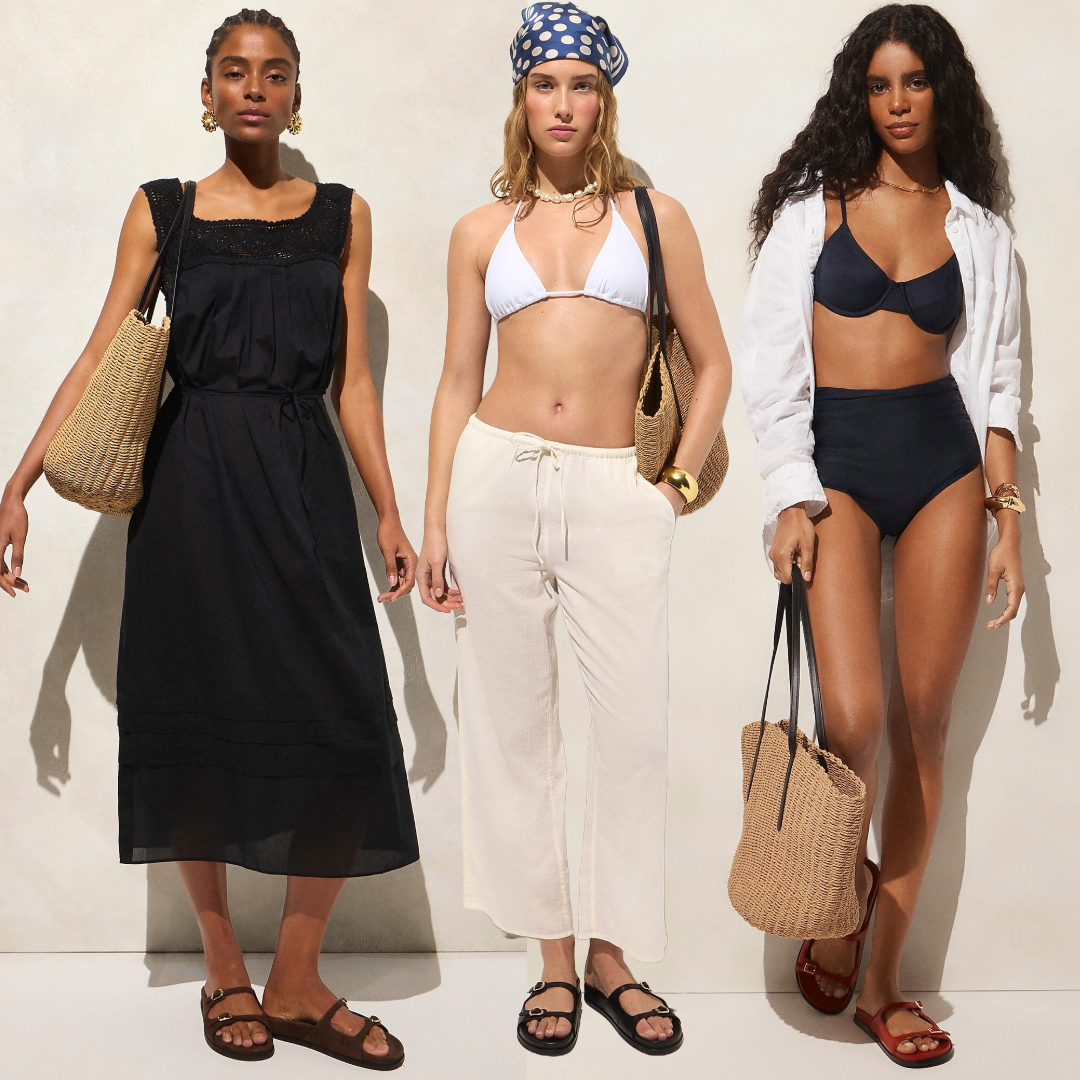 These J.Crew Sale Finds Basically Packed My Suitcase for Me
These J.Crew Sale Finds Basically Packed My Suitcase for MeI'm ready for my next vacation.
By Brooke Knappenberger
-
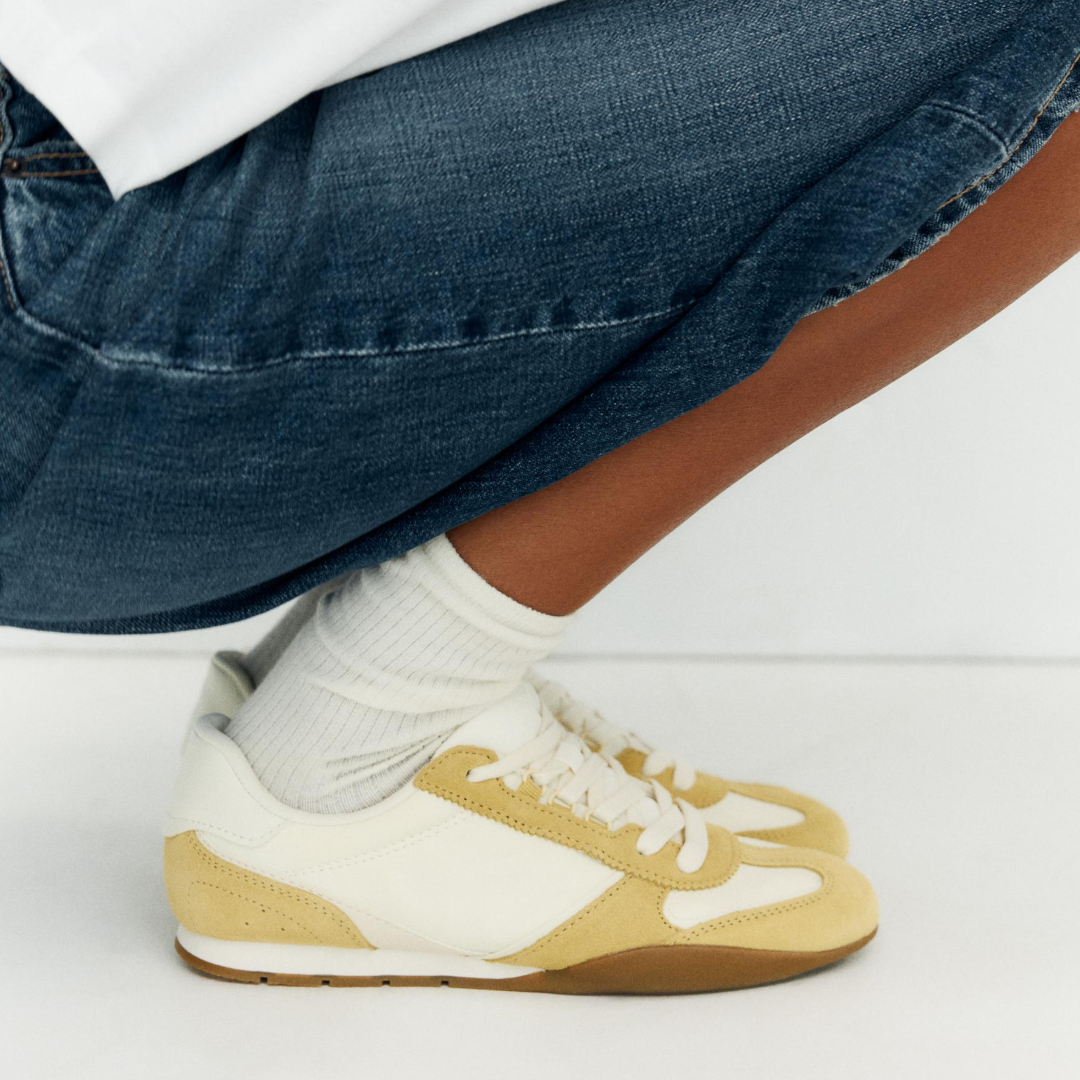 Summer's Sportiest Shoe Trend Is Worth Shopping More Than Once
Summer's Sportiest Shoe Trend Is Worth Shopping More Than Once17 pairs from Nordstrom, Mango, and Zara I'm shopping now.
By Julia Marzovilla
-
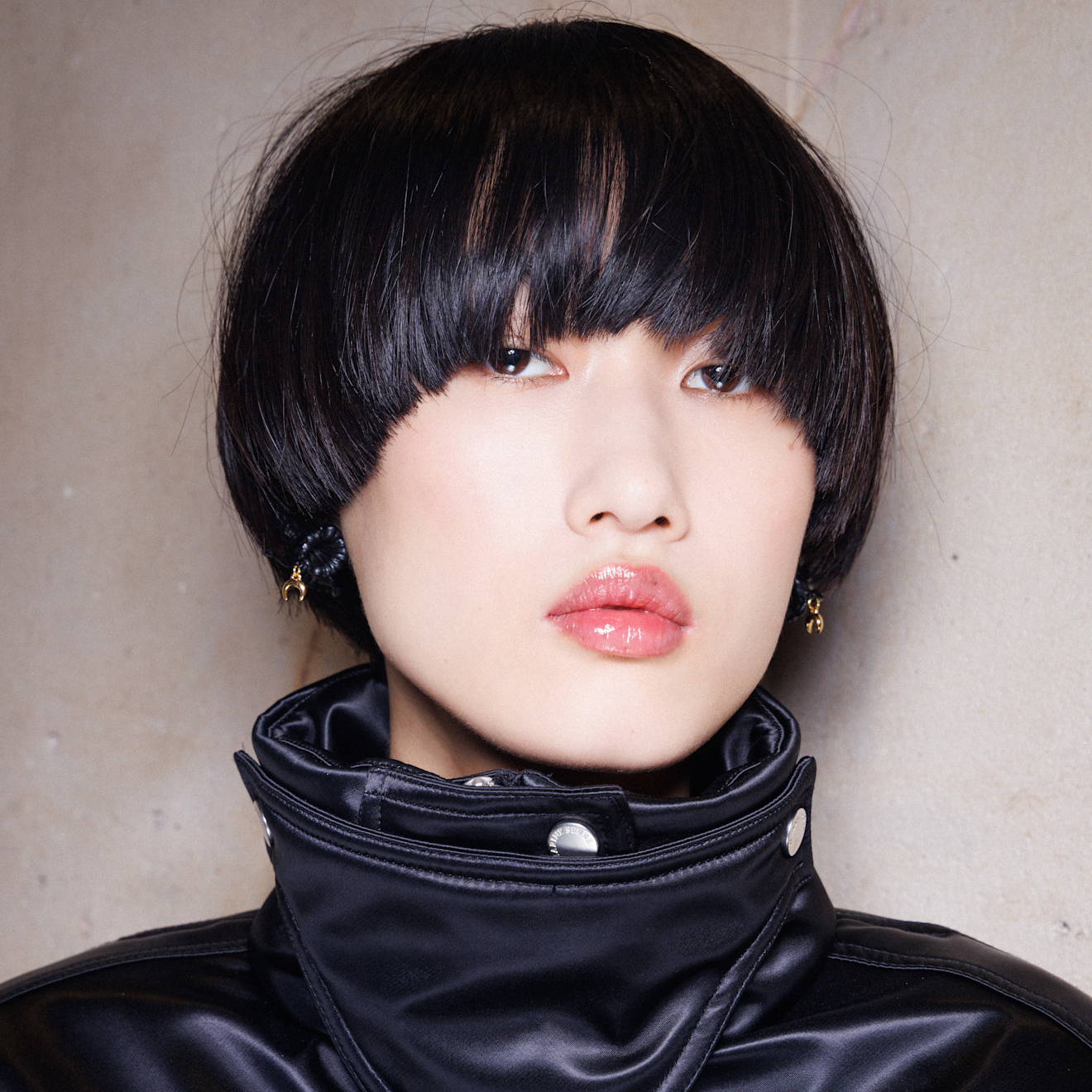 I'm Not Exaggerating—Pressed Powders Are an IRL Filter for My Acne-Prone Skin
I'm Not Exaggerating—Pressed Powders Are an IRL Filter for My Acne-Prone SkinOily girls, this one is for you.
By Ariel Baker
-
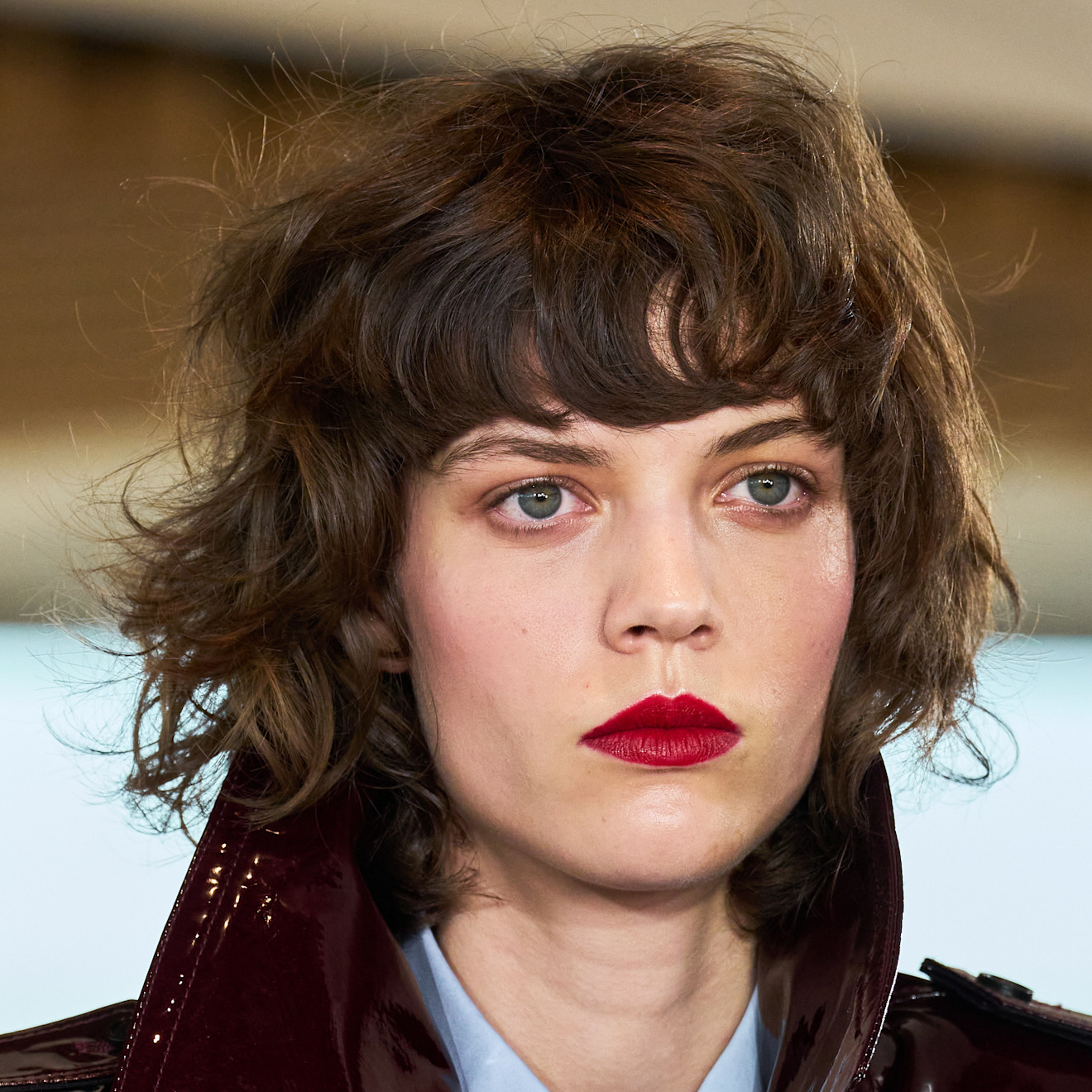 Meet 8 Editor-Vetted Blush Palettes That Basically Flirt for You
Meet 8 Editor-Vetted Blush Palettes That Basically Flirt for YouFor that just-got-caught-staring flush.
By Ariel Baker
-
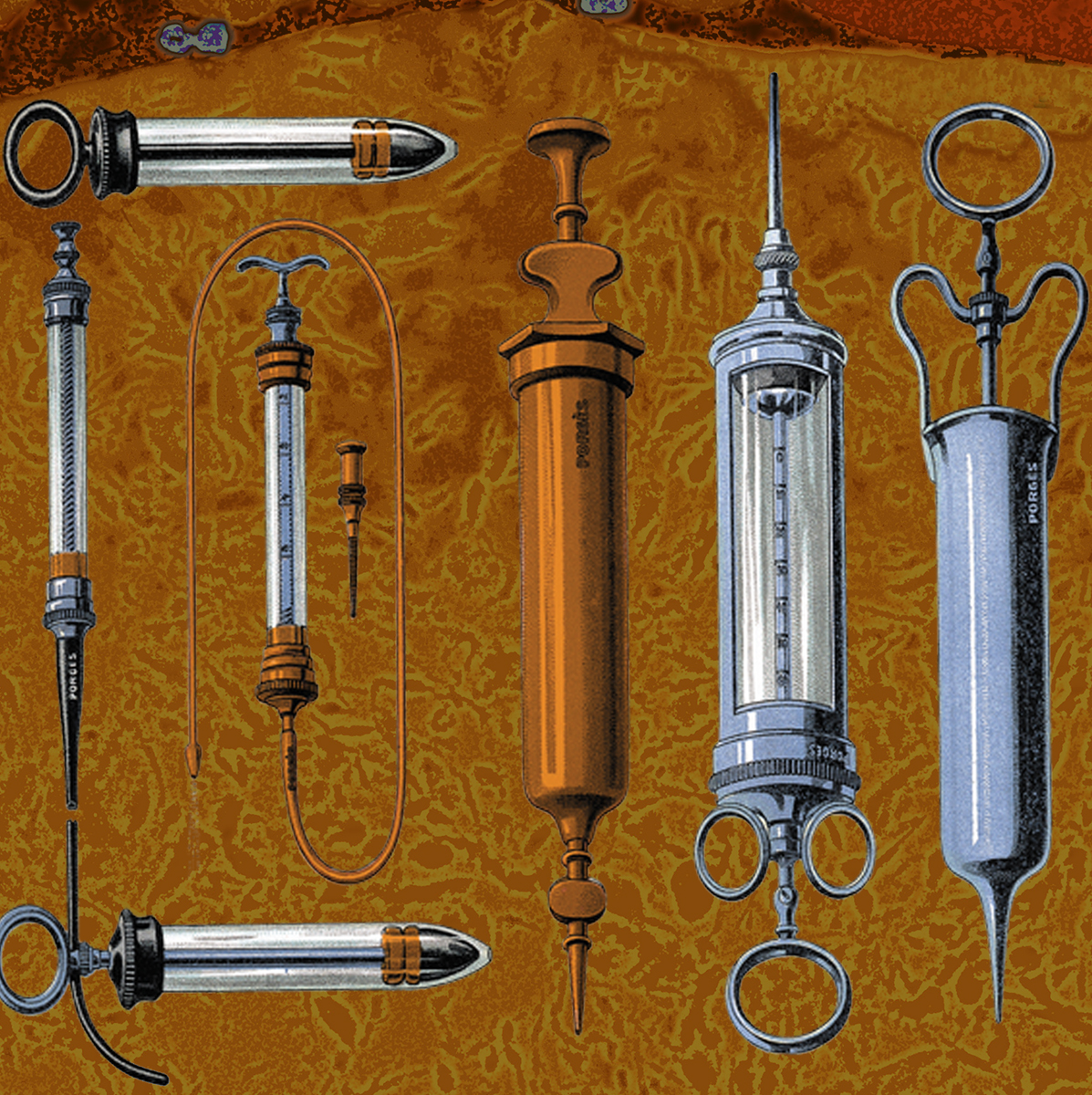 Here's the Skinny on Fat Grafting Skincare Treatments
Here's the Skinny on Fat Grafting Skincare TreatmentsHere's the skinny on the cosmetic treatment taking over plastic surgeons' offices from coast-to-coast.
By Fiorella Valdesolo
-
 Jenna Ortega Does Grungy Glam Right With '90s-Inspired Hair and Makeup
Jenna Ortega Does Grungy Glam Right With '90s-Inspired Hair and MakeupThe actress was spotted in peak ‘90s-inspired glam.
By Ariel Baker
-
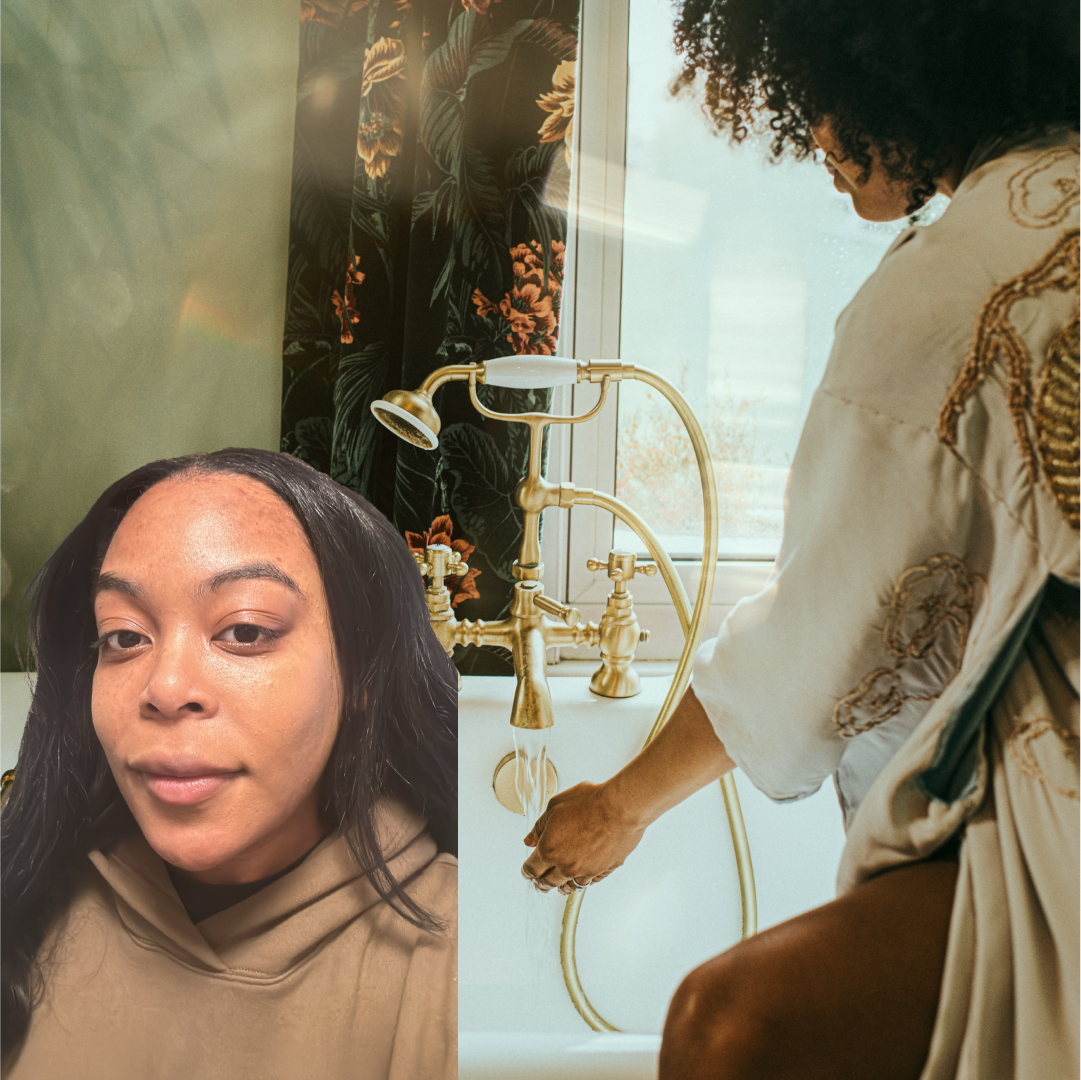 How a Beauty Writer Has Perfected Her Morning Routine For Acne-Prone Skin
How a Beauty Writer Has Perfected Her Morning Routine For Acne-Prone SkinKeep the texture and irritation at bay with these editor-vetted items.
By Ariel Baker
-
 Selena Gomez Hosts a Master Class in Matching Your Red Blush and Red Lipstick to Your Outfit
Selena Gomez Hosts a Master Class in Matching Your Red Blush and Red Lipstick to Your OutfitThe star was spotted looking red hot in the streets of New York City.
By Ariel Baker
-
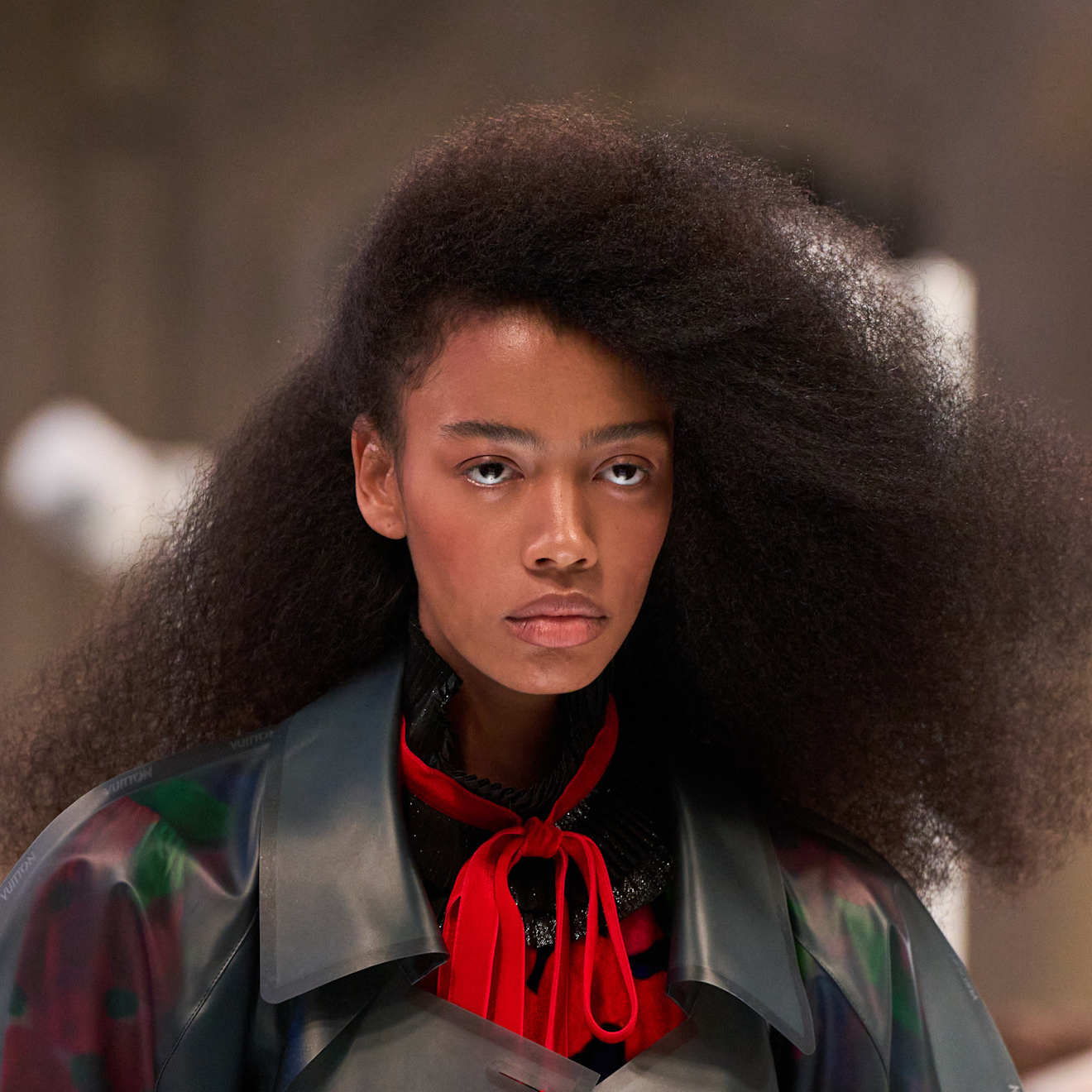 Everything You Need to Know About Marie Claire’s Skin and Hair Awards
Everything You Need to Know About Marie Claire’s Skin and Hair AwardsCould your brand survive an editor testing session?
By Ariel Baker
-
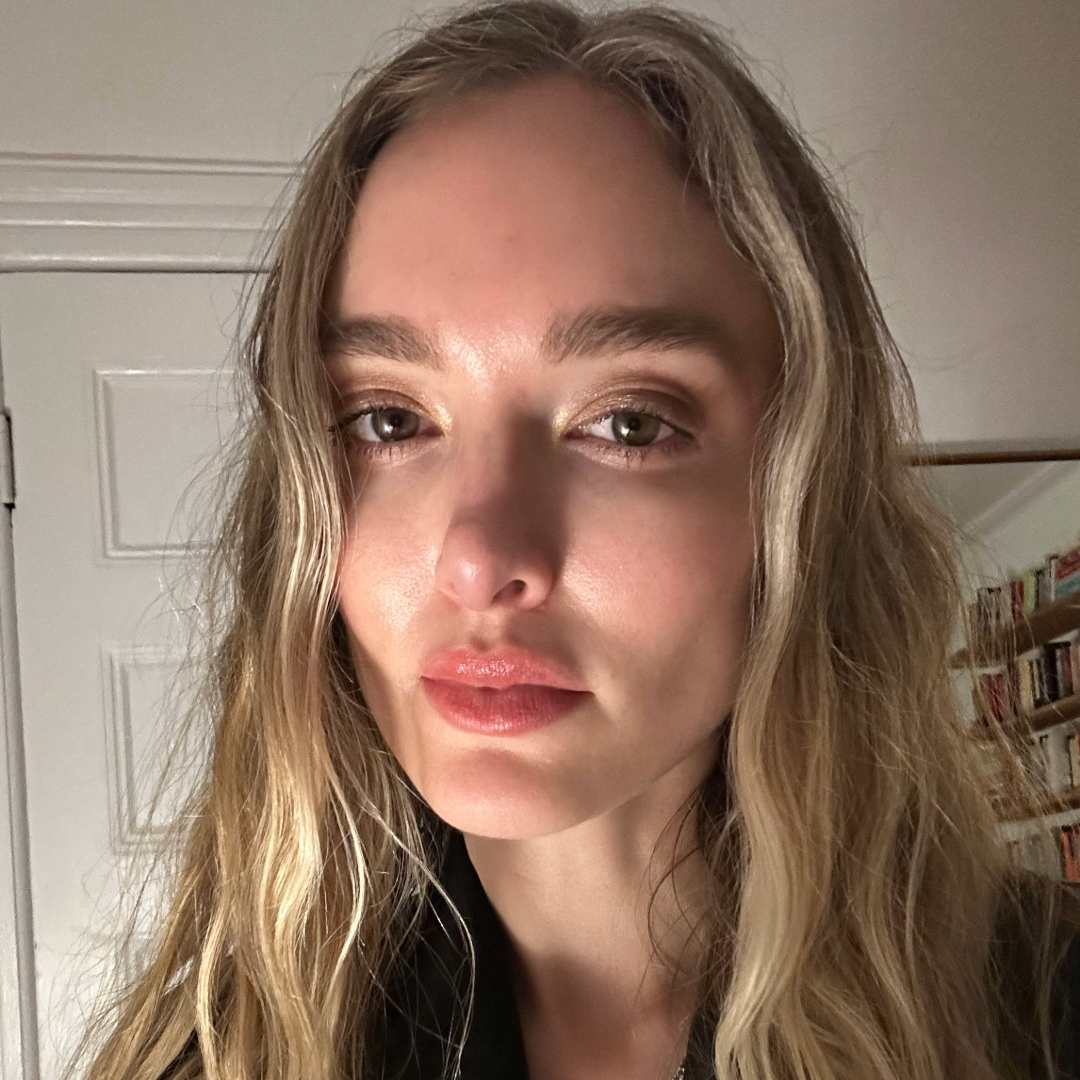 Presenting, Perfect Date Night Makeup for People Who Hate Makeup
Presenting, Perfect Date Night Makeup for People Who Hate MakeupFrom a beauty director who's learned all the workarounds.
By Hannah Baxter